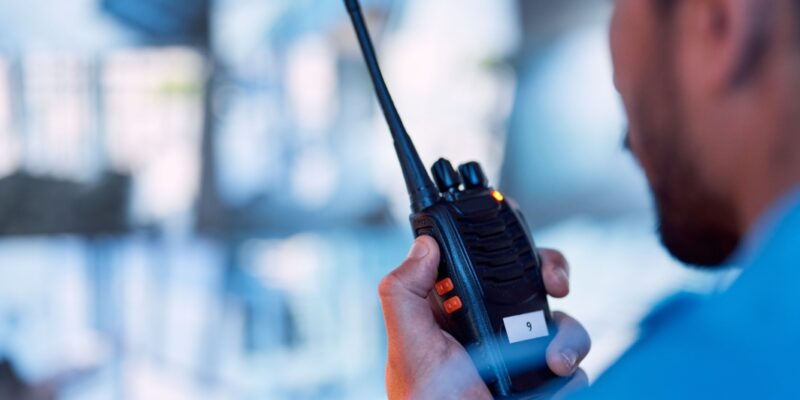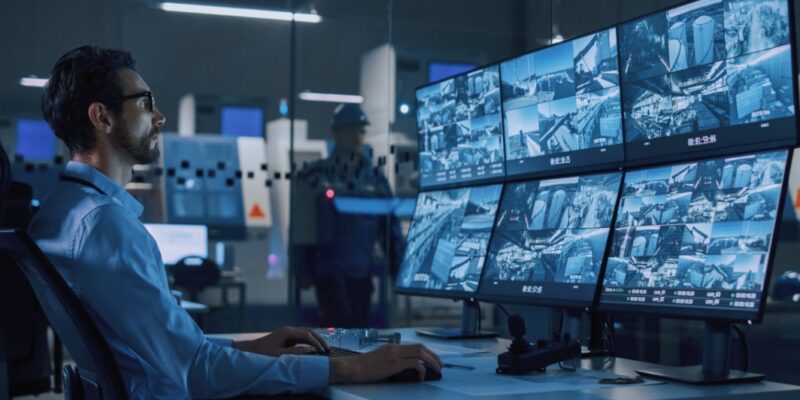In many industries—public safety, construction, hospitality, transportation, and beyond—two-way radios remain the gold standard for fast, reliable communication. But as technology advances and operational demands increase, aging radio systems can become a liability rather than an asset. If your organization is still using legacy equipment, it may be time to ask: When is the right moment to upgrade?
Sticking with outdated systems can mean reduced clarity, frequent downtime, and missed opportunities for better efficiency and safety. Understanding the signs of system fatigue and the benefits of a refresh can help you make the most of your communication investment.
Recognizing the Signs of an Outdated Radio System
No radio lasts forever. Even well-maintained systems reach a point where performance dips and functionality becomes limited. If your radios are frequently in the shop for maintenance, you’re losing both time and money. Many older models rely on batteries, chargers, and software that are no longer supported by manufacturers, making it harder to keep them operational. Over time, you may also notice limited signal range, audio interference, or coverage black spots across your work areas. Trying to add newer radios to your system might cause compatibility issues due to outdated frequencies or protocols. Perhaps most importantly, your radios may lack newer features like GPS, emergency alerts, or noise suppression—all of which are becoming essential in today’s fast-paced environments.
The Benefits of Upgrading Your Radio System
Making the move to a modern radio system isn’t just about convenience—it’s about enabling a smarter, safer, and more responsive workforce. Today’s digital radios deliver clearer audio through advanced noise-canceling and adaptive volume control. In noisy environments like construction zones, warehouses, and manufacturing plants, this means fewer misunderstandings and more efficient communication. A newer system also offers increased range and signal stability, often boosted through additional infrastructure like repeaters or Distributed Antenna Systems (DAS), helping teams stay connected across wider and more complex worksites.
Safety is another significant benefit. Modern radios come with features like emergency buttons, GPS tracking, man-down alerts, and lone worker monitoring—making them indispensable in environments where safety is critical. These systems are also built with scalability in mind. Whether you have ten or a thousand devices, newer networks allow for seamless integration with dispatch software, productivity tools, and smart data applications. This means your communication system can evolve with your business, instead of holding it back.
Planning Your Upgrade: What to Consider
When you’re ready to upgrade, taking a strategic approach will help you avoid service interruptions and maximize your return on investment. Start by assessing your current usage. How many radios are deployed? What types of communication do your teams rely on? It’s important to define which features are essential—whether that’s GPS tracking, encrypted voice channels, or mobile applications. You’ll also want to evaluate your existing infrastructure. In some cases, your new radios may be compatible with existing repeaters and antennas. In others, a full refresh might be required.
Cost is also a key factor, and it’s important to look beyond just the price tag of the radios. Consider the lifecycle costs, including batteries, licensing, service, and training. Speaking of training, a successful upgrade also depends on proper onboarding. Make sure your staff knows how to use the new equipment efficiently and has access to ongoing support when needed.
Choosing the Right Partner for the Transition
A successful technology upgrade isn’t just about the hardware. It depends on having the right communication partner to guide you through design, deployment, and support. Working with an experienced provider ensures that your new system is tailored to your industry’s specific needs—whether you’re operating a fleet of delivery vehicles or managing a large-scale construction site.
Highland Wireless is proud to be a trusted leader in wireless communication solutions. Our team provides hands-on expertise to evaluate your current system, develop a plan for transition, and deliver future-ready radio networks that keep your teams connected, safe, and efficient.
Stay Ahead with a Smarter Communication System
If your current two-way radio system is aging and unreliable, now is the perfect time to upgrade. Newer technologies offer better audio quality, enhanced safety features, expanded coverage, and smart data integration—helping your operation run smoother and more securely. Whether you’re managing logistics, field operations, or emergency response, having the right communication tools in place makes all the difference.
Explore your upgrade options with a partner you can trust. Contact Highland Wireless today to schedule a consultation and start building your next-generation communication system.





